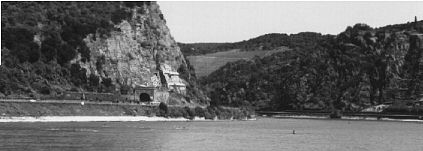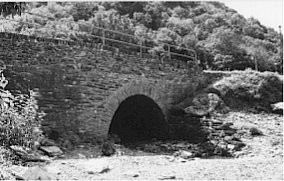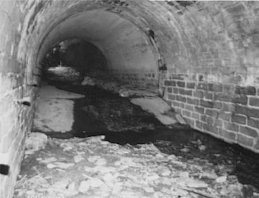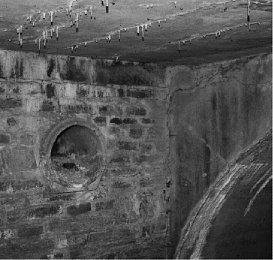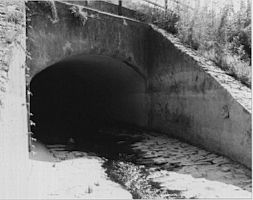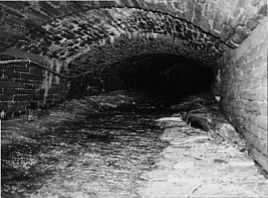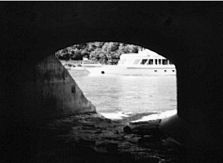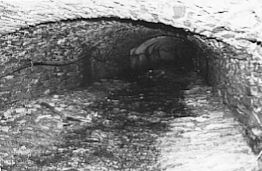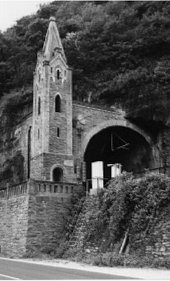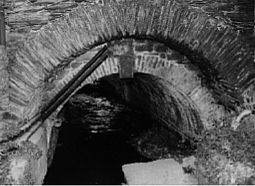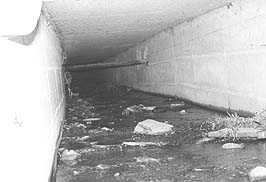Loreley Rock is situated in one of the most beautiful spots on the Rhine. And while the tourists visit the only these well-known spots, there are other nice sights in this area. For example: notice the old railroad tunnel on the left bank ...
In July 1999 I went on a short family holiday in Germany. We stayed in a small village (Trechtinghausen) on the banks of the Rhine. In this hilly area many brooks flow down the slopes to the river. In many places they pass through villages and under houses and streets. Sometimes they are only 50m but some might be several hundreds of meters.
